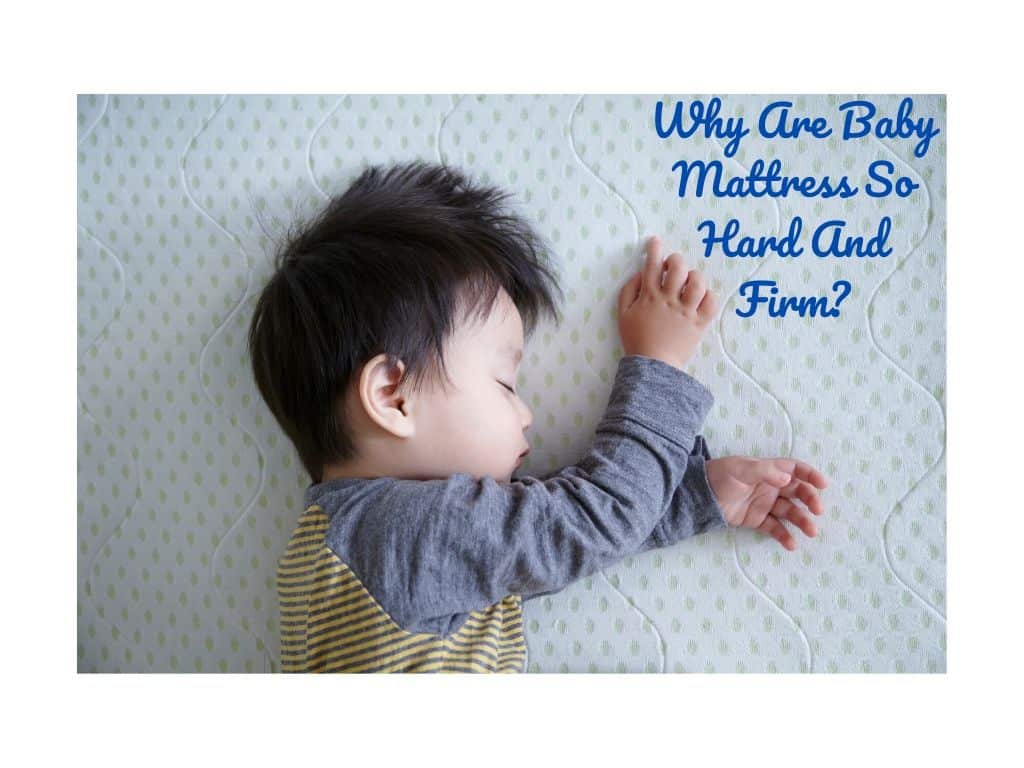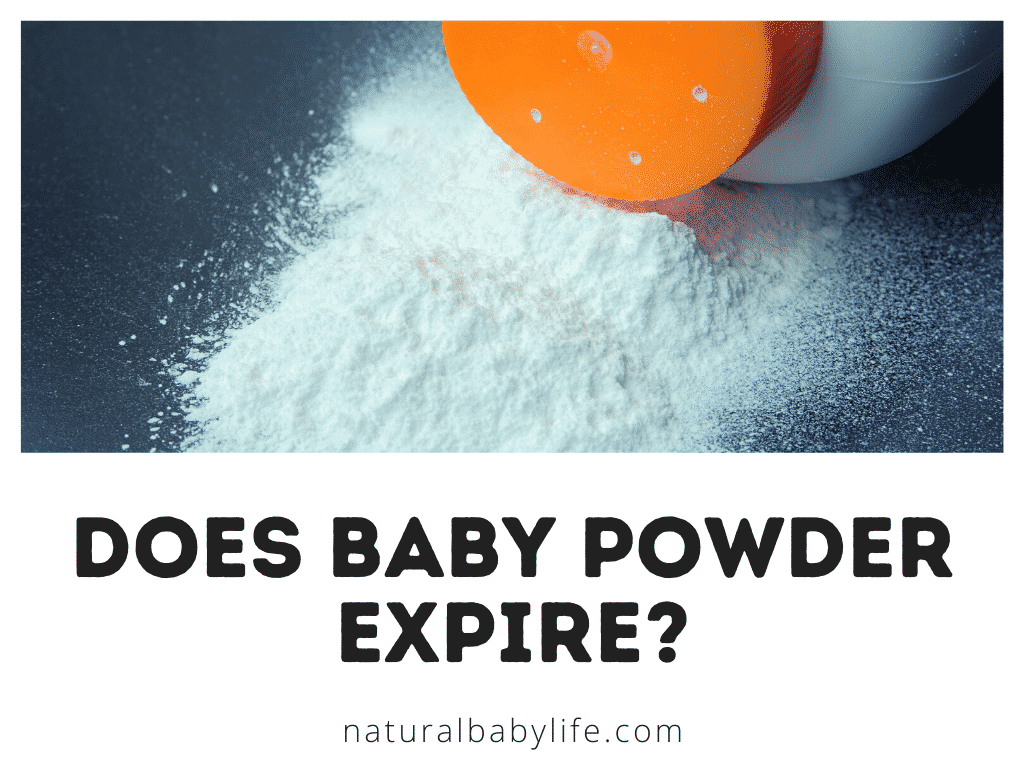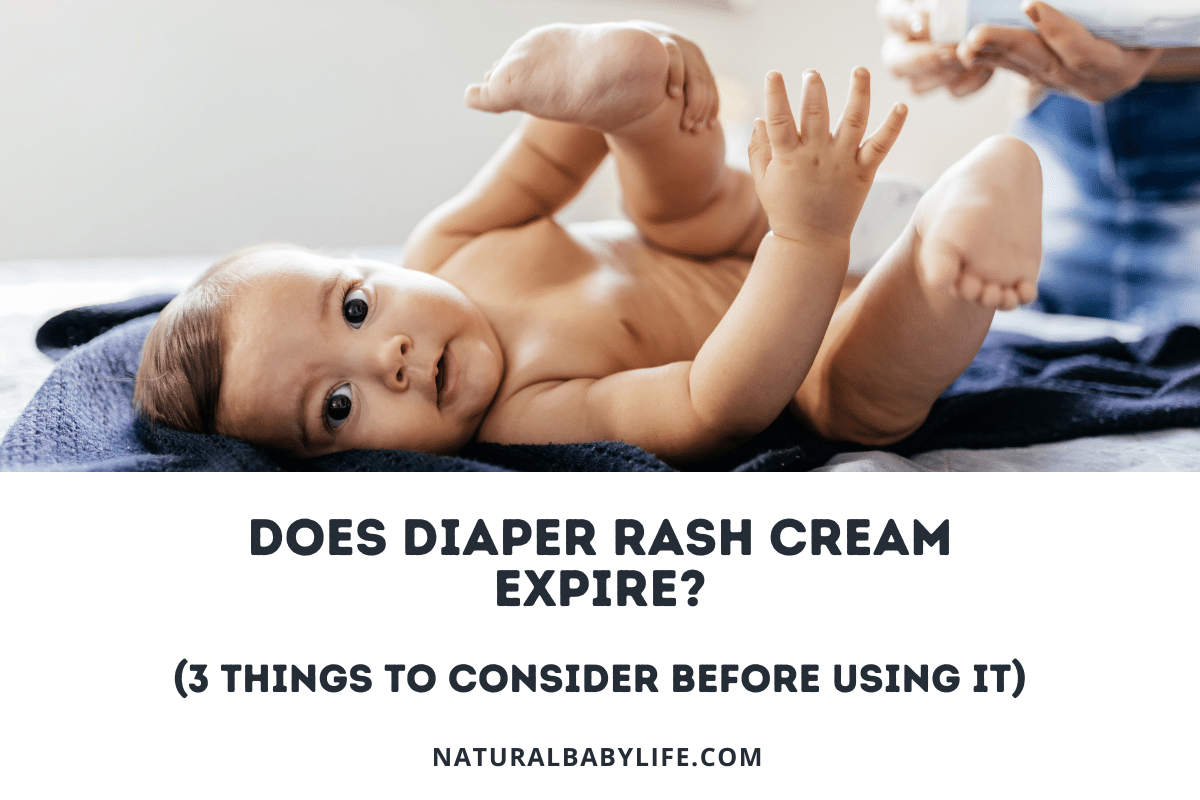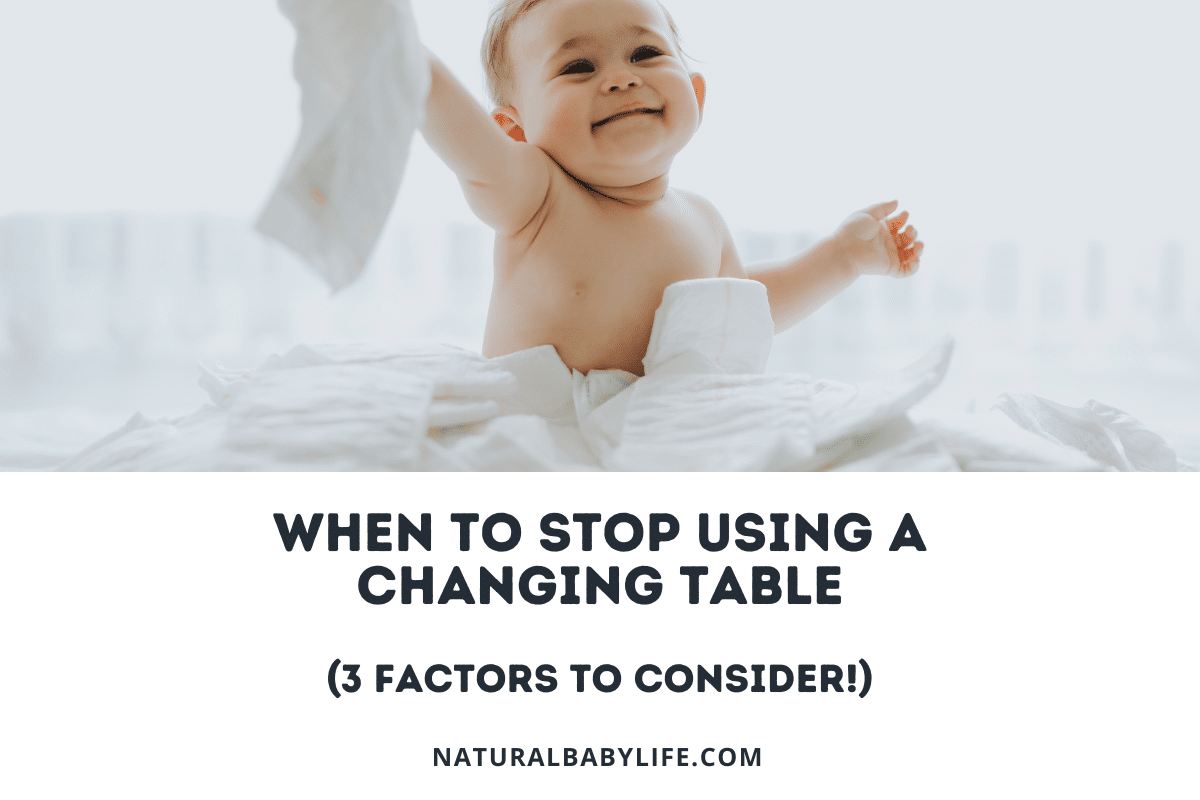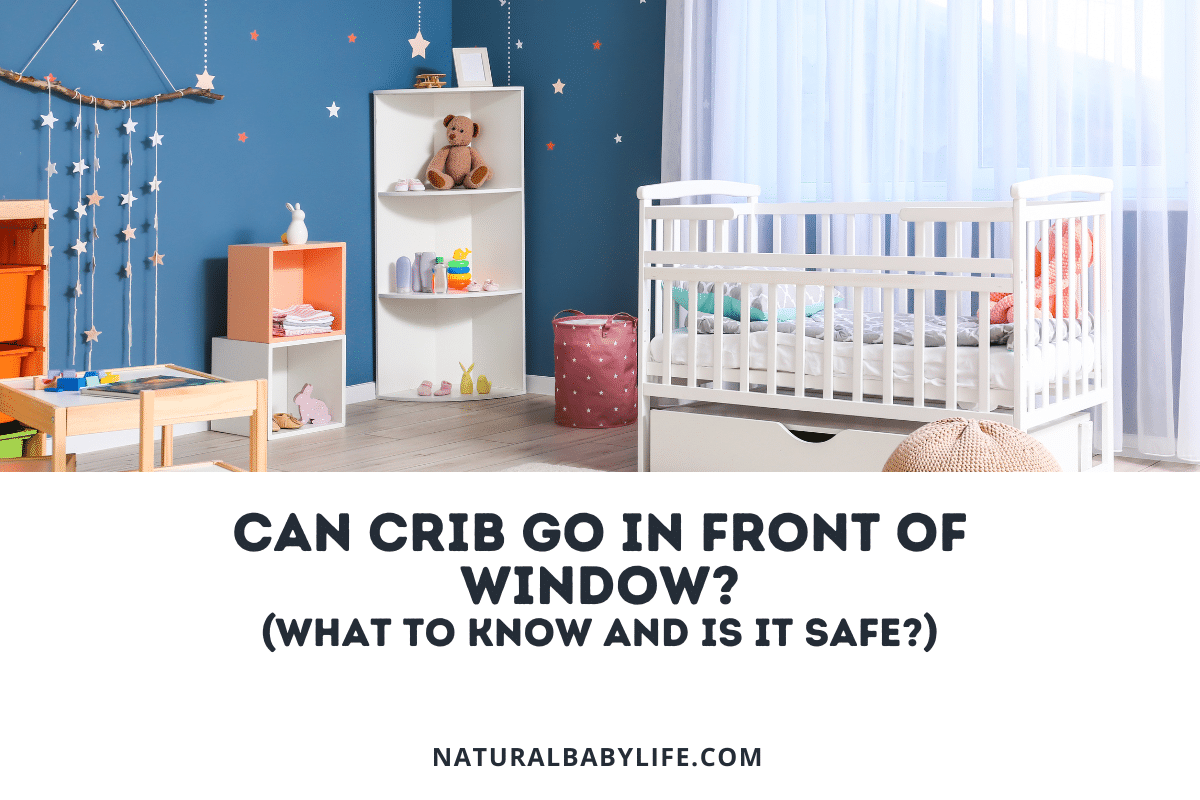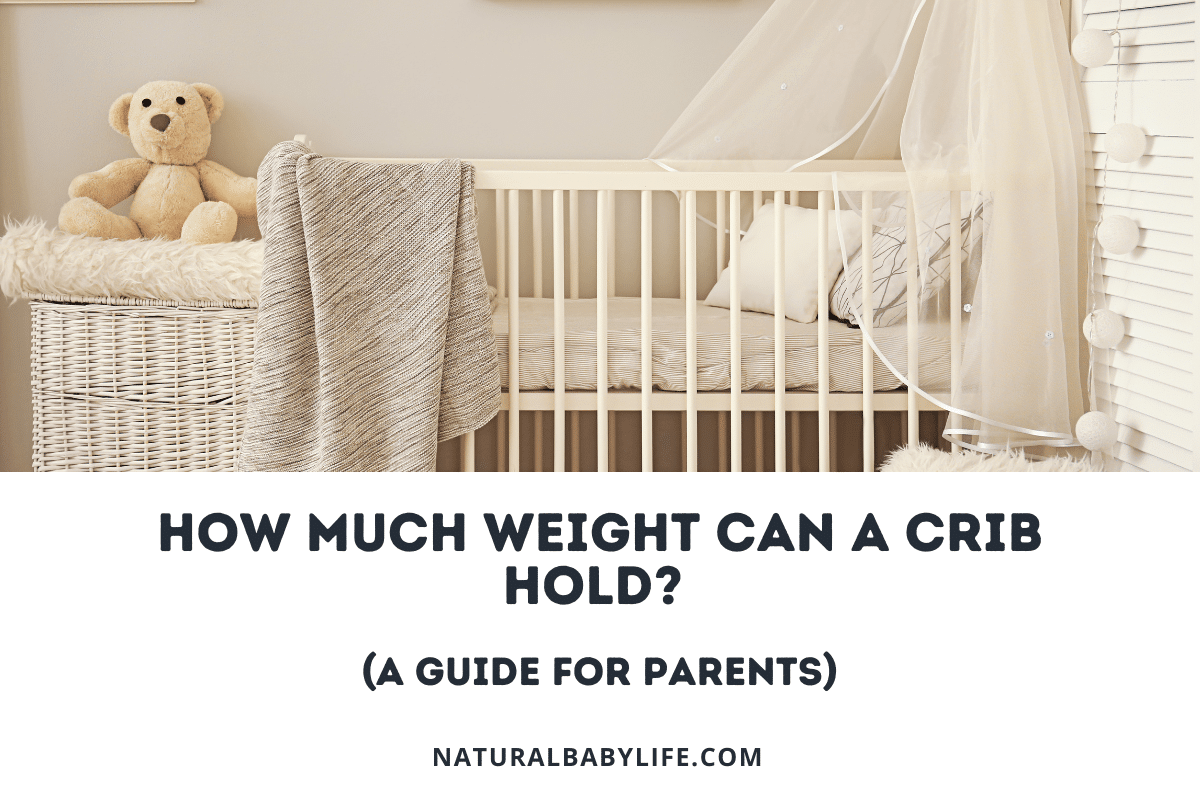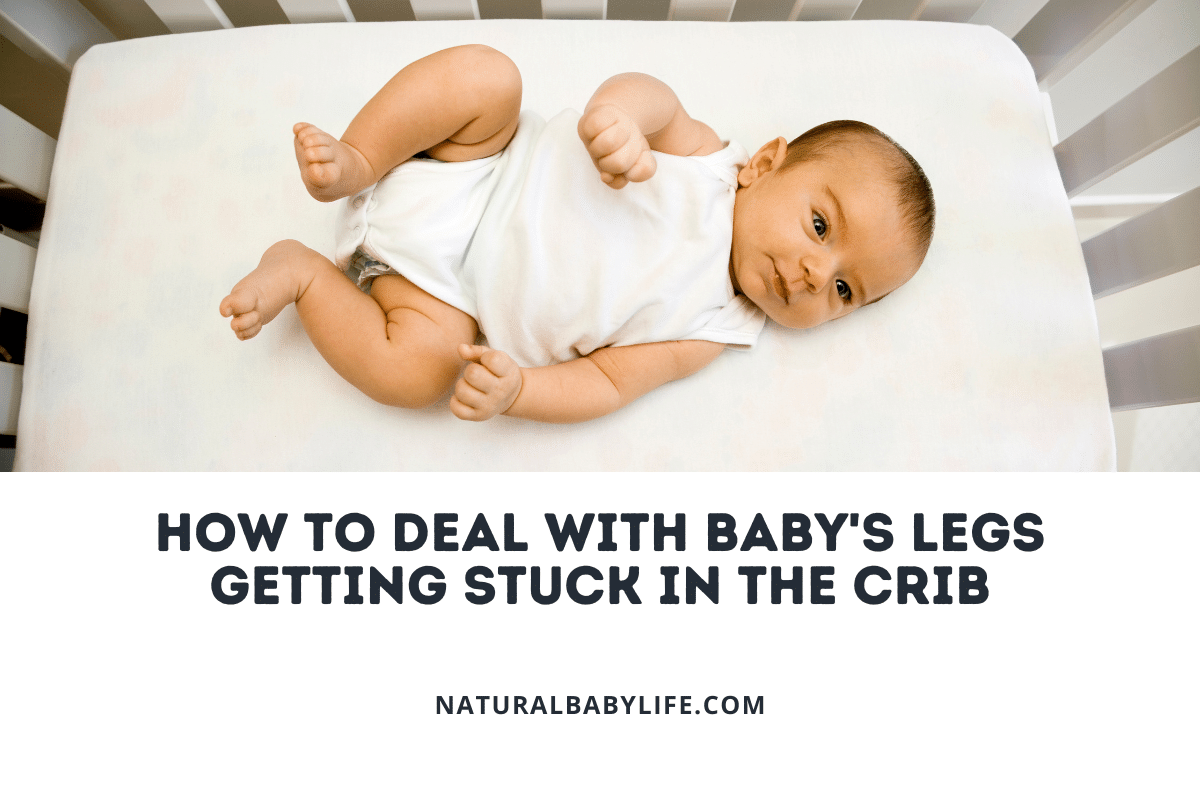If you’ve gone shopping for a crib mattress you likely know just how hard these mattresses seem to be. This may lead you to wonder exactly why the mattress is so firm? And just how will my baby ever sleep on such a hard surface?
Safe sleep guidelines encourage firm and even hard mattresses for babies to lower the risk of SIDS and other preventable accidents. Firm mattresses also give a developing baby more bone support and make it easier to roll over and move around.
Let’s read on to learn more about crib mattresses and how to help your little one adjust to their firm crib mattress.
Table of Contents
Are baby mattresses supposed to be hard?
As you searched to find the best mattress for your new baby you may have been discouraged to notice that all mattresses were just as firm and hard as the one you previously checked out. Believe it or not, this is because babies need firm mattresses to sleep on.
According to the American Academy of Pediatrics or AAP, babies should sleep on firm mattresses and out of reach of any soft or plush items for the first year of their life. This recommendation is part of their updated Sleep Guidelines released in 2016.
Firm mattresses help prevent SIDS and other sleep-related accidents including suffocation. Soft bedding allows babies to sink into the mattress which is a barrier to their airways. However, firmer mattresses will keep babies on a level surface that will not block their airways.
So while it may feel counterintuitive to place your baby on a firm, flat surface to sleep peacefully, you are actually promoting the safest sleep practices for your little love.
How firm should a baby mattress be?
You may wonder how can I tell if my baby’s mattress is firm enough? That may be a hard question to answer because there are no specific guidelines, however, Consumer Reports notes that if the mattress feels good or even okay for you, then it is definitely not a mattress your baby should be sleeping on.
In essence, even if you prefer a more firm surface, if the mattress is at all comfortable to a parent, then it is too soft for your little one to safely sleep on.
Baby mattress firmness test
Thankfully, Consumer Reports also notes a quick way to test if the mattress is firm enough for your baby. This test does not require parents to hop onto the mattress to test it out but instead is a quick and easy test using your hands.
If you press your hand into either the center or the edges of the baby mattress, it should spring back into a leveled position immediately. If there are any indents or signs that it conformed to your hand, then it is too soft a mattress. There is also an acronym that can be used for testing if a mattress is a good option for your little one: FIRMS.
- F (firm and flat)
- I (Indent Resistant)
- R (Recall list-check and make sure this mattress hasn’t been recalled and is safe!)
- M (Mattress edges/corners-make sure these are sturdy)
- S (Soft isn’t safe- never for babies).
Can an infant mattress be too hard or firm for baby?
Some parents may wonder if it is possible for a baby mattress to be too firm for their little one. Thankfully this is not possible.
Some may warn you that hard surfaces will be detrimental for a baby’s bone development and that it will make their head more prone to flat spots. However, the opposite is actually true.
Firm mattresses are needed to support the 300 bones(compared to the 206 we have as adults!) that babies are born with. Their bones are very soft and many of the bones are still not connected together. With more bones and rapid development of their bones and spines, babies need far more firm mattresses than adults.
Just like elderly adults who have fragile and soft bones and need firm mattresses to support their aging bodies, babies need the extra support of their firm mattresses to support their young and growing bodies.
In addition to bone development, firm mattresses will offer the safeguard against suffocation and SIDS that soft mattresses and materials do not provide.
If you are worried that an old mattress is no longer fit for your baby, check out the article I wrote on when crib mattresses expire!
When can a baby have a softer mattress?
Most toddlers transition from their crib to a toddler or twin-sized mattress between 18 months and two years old. At this age, our littles no longer need the firm crib mattress and can begin to transition to their “big kid bed.” Similarly, another standard used to judge readiness for a new bed is height. Once a little one reaches 35 inches or taller, they may be ready for a new bed and mattress.
At this age it also becomes more of a choice related to preference and comfort as to whether you go with a firm or a softer mattress for your growing child.
If you want to skip the extra cost, forego the toddler-sized bed and opt for their permanent “big kid bed” with side guards or rails if you worry about your little one falling out of their much bigger bed.
How to make a baby’s mattress more comfortable
If you are hoping to make a baby’s sleep experience more comfortable consider changing the sheets to a softer material that is still safe. Basically, you want a high-quality fabric that feel super soft to your baby but doesn’t make the bed any less safe.
These sheets from Kids N’ Such are a good example. They are 100% Jersey Cotton so they are easy to wash, breathable, and super soft!
Just remember that the sheets need to be tight-fitting and breathable to prevent suffocation and other potential safety hazards per the safe sleep guidelines by the AAP.
If sheets don’t seem to do the trick, consider changing some of the other elements involved in your little one’s sleep.
Pajamas come in all sorts of materials, even fleece, which may make your little one more comfortable as they sleep on their firm mattress. Similarly, changing the swaddle or sleep sack you use for your little one at night may help to make them more comfortable.
If you haven’t heard of sleep sacks or simply aren’t sure if you need a sleep sack I have created a whole resource on the subject. Check it out!
Lastly, consider changing the location of where your little one sleeps. Maybe, they are more comfortable sleeping in their bassinet (if they are still small enough and this is a safe option) or a portable crib near you because you bring them feelings of comfort.
As with anything we do with our little ones, it’s often a process of trial and error until we find exactly what our unique little one prefers and finds comfortable.
What if baby just won’t sleep on a firm mattress?
If you’ve exhausted all of the options we shared above, consider a slow transition to the crib mattress for your little one.
Your baby has been sleeping on a firm surface in their bassinet but in a much cozier space than their big crib. Consider starting out by placing your baby in their crib for one nap a day. As they adjust for that nap, consider adding in a second nap in their crib each day. Continue this pattern until all of their naps occur in their crib and then finally switch their nighttime sleep routine to their crib as well.
Chances are your baby may not like this change at first, but with time and a lot of patience for your little one, they will transition to their new surroundings and environment. Sleep, especially good sleep, is learned through patterns and behaviors, and the more you practice helping your little one sleep in their crib, the more comfortable they will find their new, firm mattress to be.
Also consider the environment of their room. Maybe their room is too hot or too cold? Play around with the temperature of your little one’s room and remember that babies prefer cooler temperatures than most adults.
Maybe the room is too quiet or too loud? Babies often enjoy white noise, making sound machines a great option for providing some comforting noise for your little one as they sleep.
Sleep environments should stay as consistent as possible for babies, even if you are transitioning them from a bassinet to their firm crib mattress. So whatever you have found to work in that environment is worth testing out as they learn to sleep on their more firm bed.
If nothing seems to work, don’t forget that there are lots of crib alternatives that you can use that might be a better fit for your baby!
Worried that your newborn will never sleep in the crib or bassinet?
If you worry that your baby may never transition, rest easy knowing that with time they will likely adjust and even enjoy sleeping in their crib.
Remember that this can be a big change for your little one. If they are adjusting to sleeping in their own room for the first time, they may miss being near the comfort of mom or dad while they sleep. Place an item that smells like you near, but out of reach, of your little one to help them feel like you are near.
Or maybe they are scared to have a much bigger and less cozy sleeping space. As we discussed above, find what makes your little one cozy while also keeping them safe and adjust their new sleep environment accordingly.
Similarly, maybe your little one prefers being held while they sleep. By finding a high-quality swaddle or sleep sack, you will be able to replicate this comforting sensation while also helping your little one adjust to their firm crib or bassinet.
Whatever it may be, trust your instincts and what you have learned about your little one, and you will likely find an explanation for their difficulty adjusting to a crib mattress. Getting to know our little ones takes time, so be patient with yourself (as well as your little) because you’re doing a great job and you will find a solution to help your little one transition well.
After all of this, maybe you would rather just skip the crib – this is definitely a possibility!

